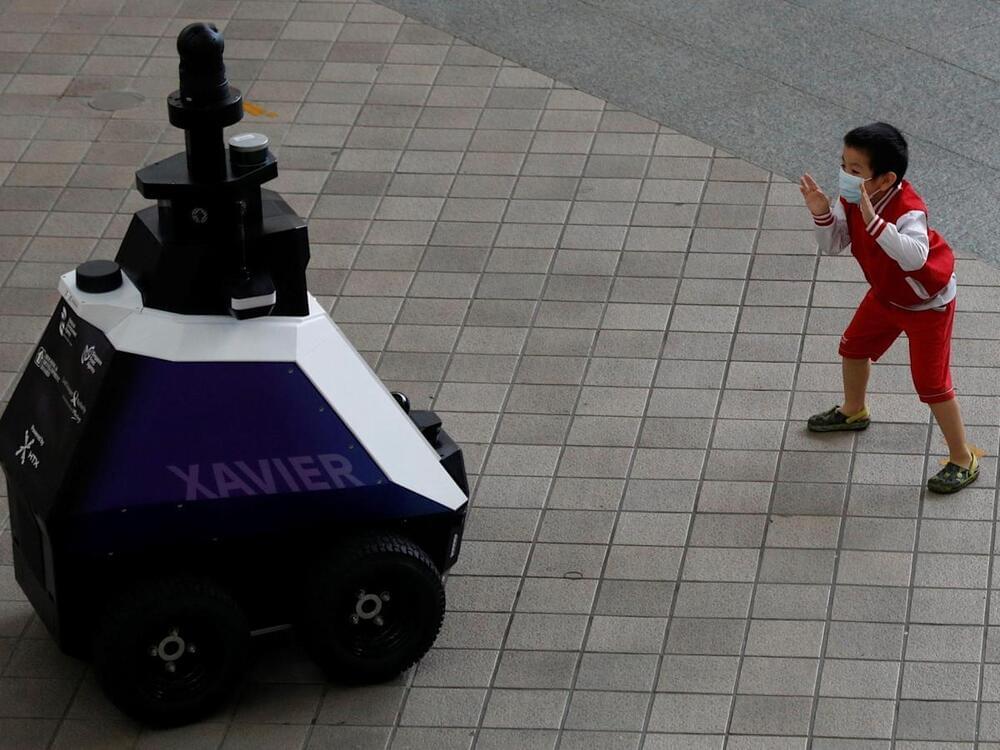The objective of the Hebrew University of Jerusalem research is to create a deep-learning artificial infrastructure that will act like a human brain.
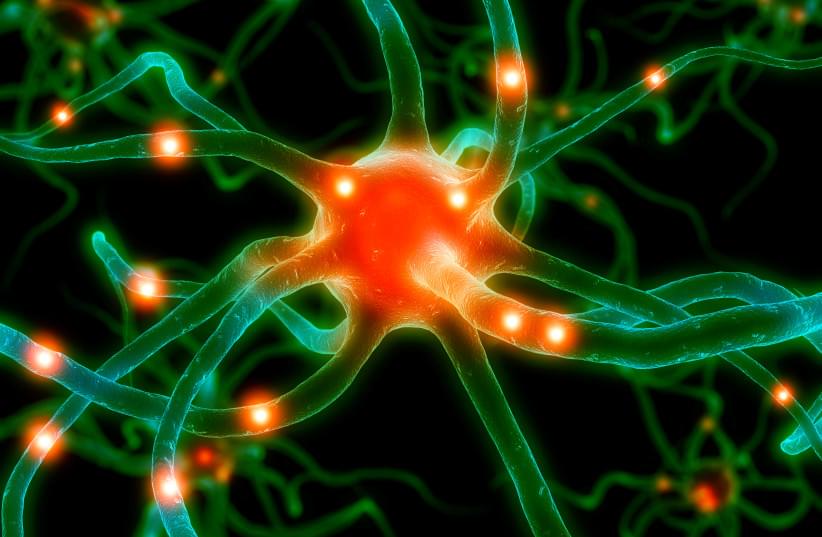

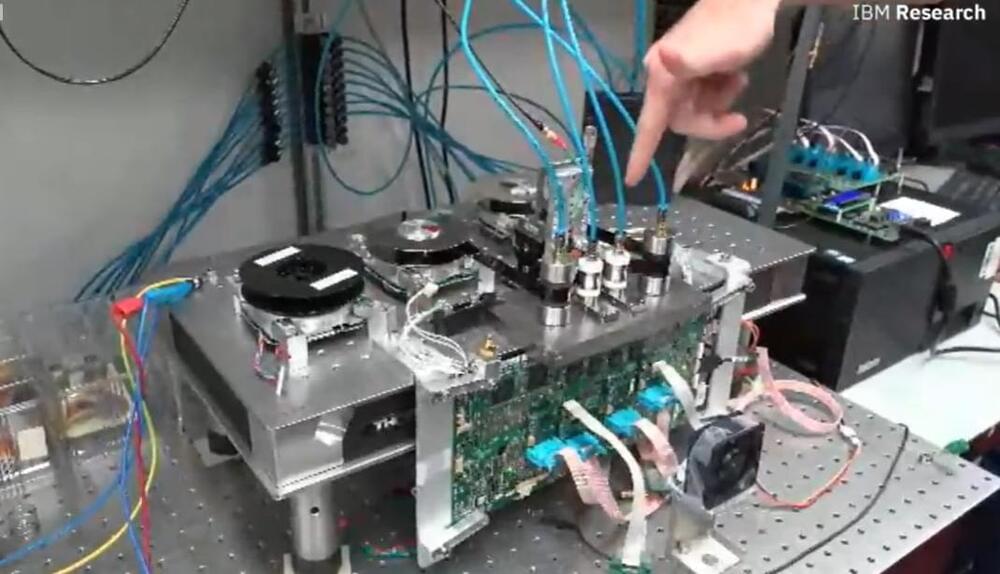
Circa 2020
IBM knows how to adapt to an ever-changing enterprise tech landscape. The venerable company more almost 20 years ago shed its PC business – selling it to Lenovo – understanding that that systems were quickly becoming commodity devices and the market was going to stumble. A decade later IBM sold its X86-based server business to Lenovo for $2.3 billion and in the intervening years has put a keen focus on hybrid clouds and artificial intelligence, buying Red Hat for $34 billion and continuing to invest its Watson portfolio.
However, that hasn’t meant throwing out product lines simply because they’ve been around for a while. IBM has continued to upgrade its mainframe systems to keep up with modern workloads and the bet has paid off. In the last quarter 2,019 the company saw mainframe revenue – driven by its System z15 mainframe in September 2019 – jump 63 percent, a number followed the next quarter by a 59 percent increase.
Tape storage is a similar story. The company rolled out its first tape storage device in 1,952 the 726 Tape Unit, which had a capacity of 2MB. Five decades later, the company is still innovating its tape storage technology and this week said that, as part of a 15-year partnership with Fujifilm, has set a record with a prototype system of 317 gigabits-per-square-inch (GB/in2) in areal density, 27 times more than the areal density of current top-performance tape drives. The record, reached with the help of a new tape material called Strontium Ferrite (SrFe), is an indication that magnetic tape fits nicely in a data storage world of flash, SSDs and NVMe and a rising demand for cloud-based storage.
Some electronics can bend, twist and stretch in wearable displays, biomedical applications and soft robots. While these devices’ circuits have become increasingly pliable, the batteries and supercapacitors that power them are still rigid. Now, researchers in ACS’ Nano Letters report a flexible supercapacitor with electrodes made of wrinkled titanium carbide — a type of MXene nanomaterial — that maintained its ability to store and release electronic charges after repetitive stretching.
One major challenge stretchable electronics must overcome is the stiff and inflexible nature of their energy storage components, batteries and supercapacitors. Supercapacitors that use electrodes made from transitional metal carbides, carbonitrides or nitrides, called MXenes, have desirable electrical properties for portable flexible devices, such as rapid charging and discharging. And the way that 2D MXenes can form multi-layered nanosheets provides a large surface area for energy storage when they’re used in electrodes. However, previous researchers have had to incorporate polymers and other nanomaterials to keep these types of electrodes from breaking when bent, which decreases their electrical storage capacity. So, Desheng Kong and colleagues wanted to see if deforming a pristine titanium carbide MXene film into accordion-like ridges would maintain the electrode’s electrical properties while adding flexibility and stretchability to a supercapacitor.
The researchers disintegrated titanium aluminum carbide powder into flakes with hydrofluoric acid and captured the layers of pure titanium carbide nanosheets as a roughly textured film on a filter. Then they placed the film on a piece of pre-stretched acrylic elastomer that was 800% its relaxed size. When the researchers released the polymer, it shrank to its original state, and the adhered nanosheets crumpled into accordion-like wrinkles.
Robotic exoskeletons have captivated us for years. They are major tropes in sci-fi movies and video games, and in real-life engineers have been working on them since the 1900s. San Francisco’s Roam Robotics has entered into this space, and Brent Rose tries his hand at stress testing their latest military leg brace.
Archival footage of GE robotic exoskeleton courtesy of miSci: Museum of Innovation & Science.
Still haven’t subscribed to WIRED on YouTube? ►► http://wrd.cm/15fP7B7
Listen to the Get WIRED podcast ►► https://link.chtbl.com/wired-ytc-desc.
Want more WIRED? Get the magazine ►► https://subscribe.wired.com/subscribe/splits/wired/WIR_YouTu…ription_ZZ
Get more incredible stories on science and tech with our daily newsletter: https://wrd.cm/DailyYT
Also, check out the free WIRED channel on Roku, Apple TV, Amazon Fire TV, and Android TV. Here you can find your favorite WIRED shows and new episodes of our latest hit series Tradecraft.
ABOUT WIRED
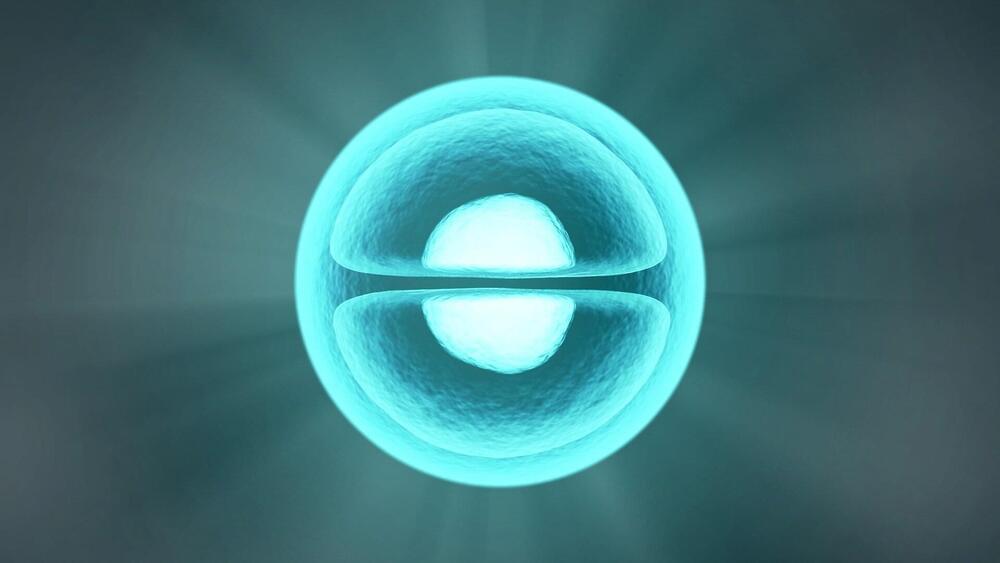
Researchers have developed artificial cell-like structures using inorganic matter that autonomously ingest, process, and push out material—recreating an essential function of living cells.
Their article, published in Nature, provides a blueprint for creating “cell mimics,” with potential applications ranging from drug delivery to environmental science.
A fundamental function of living cells is their ability to harvest energy from the environment to pump molecules in and out of their systems. When energy is used to move these molecules from areas of lower concentration to areas of higher concentration, the process is called active transport. Active transport allows cells to take in necessary molecules like glucose or amino acids, store energy, and extract waste.
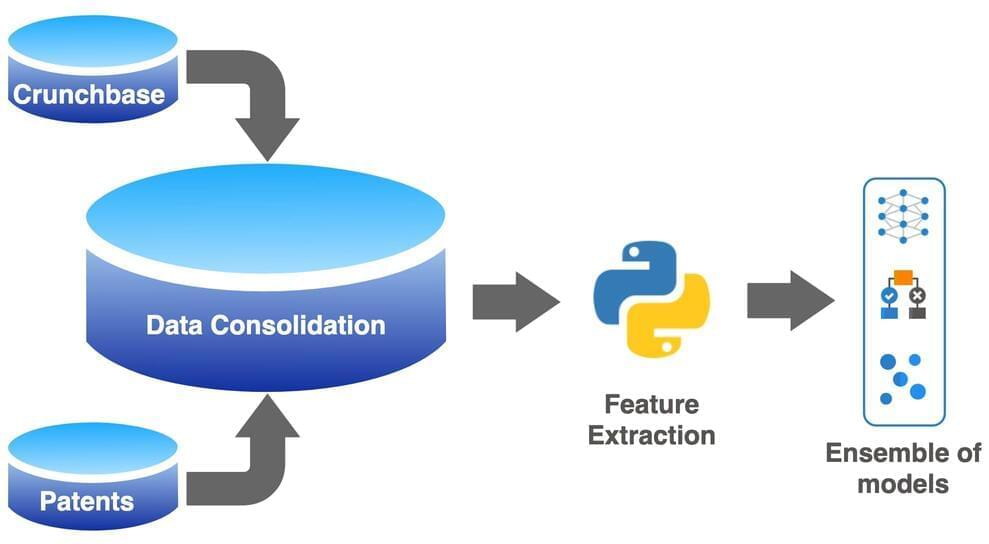
A study in which machine-learning models were trained to assess over 1 million companies has shown that artificial intelligence (AI) can accurately determine whether a startup firm will fail or become successful. The outcome is a tool, Venhound, that has the potential to help investors identify the next unicorn.
It is well known that around 90% of startups are unsuccessful: Between 10% and 22% fail within their first year, and this presents a significant risk to venture capitalists and other investors in early-stage companies. In a bid to identify which companies are more likely to succeed, researchers have developed machine-learning models trained on the historical performance of over 1 million companies. Their results, published in KeAi’s The Journal of Finance and Data Science, show that these models can predict the outcome of a company with up to 90% accuracy. This means that potentially 9 out of 10 companies are correctly assessed.
“This research shows how ensembles of non-linear machine-learning models applied to big data have huge potential to map large feature sets to business outcomes, something that is unachievable with traditional linear regression models,” explains co-author Sanjiv Das, Professor of Finance and Data Science at Santa Clara University’s Leavey School of Business in the US.
Get 20% off your first Mack Weldon order and try out the Daily Wear System when you go to http://www.mackweldon.com/joescott and enter promo code “JOESCOTT” at checkout.
War has been a part of the human experience since the beginning of civilization. But new technologies are changing the face of warfare in ways that we never really expected. From cyberwarfare to autonomous AI-piloted drones to space warfare, the future of war is weird. And terrifying.
Want to support the channel? Here’s how:
Patreon: http://www.patreon.com/answerswithjoe.
Channel Memberships: https://www.youtube.com/channel/UC-2YHgc363EdcusLIBbgxzg/join.
T-Shirts & Merch: http://www.answerswithjoe.com/store.
Check out my 2nd channel, Joe Scott TMI:
https://www.youtube.com/channel/UCqi721JsXlf0wq3Z_cNA_Ew.
Interested in getting a Tesla or going solar? Use my referral link and get discounts and perks:
https://ts.la/joe74700
Follow me at all my places!
And just like a unicorn, it doesn’t currently exist.
Never mind buying a robot dog for your kids — you might just get them a mythical creature instead. Chinese EV maker Xpeng has teased a robot unicorn meant for children to ride. As SCMP notes, the quadruped will take advantage of Xpeng’s experiences with autonomous driving and other AI tasks to navigate multiple terrain types, recognize objects and provide “emotional interaction.”
The company is shy on most other details, although the design looks and trots like a cuter, more kid-friendly version of Boston Robotics’ Spot. It’s appropriately about as tall as a child. Sorry, folks, you won’t prance your way to work.
This robot unicorn is just about as mythical as the ‘real’ thing, too. Xpeng hasn’t revealed when it expects to deliver its robotic horse-with-a-horn, let alone pricing or availability. It might not cost as much as a $75,000 Spot, but we’d expect something this sophisticated to cost more than the $2,900 Aibo from 2019.
new study shows.
When you know you’re being watched by somebody, it’s hard to pretend they’re not there. It can be difficult to block them out and keep focus, feeling their gaze bearing down upon you.
Strangely enough, it doesn’t even seem to really matter whether they’re alive or not.
In new research, scientists set up an experiment where people played a game against a robot.
